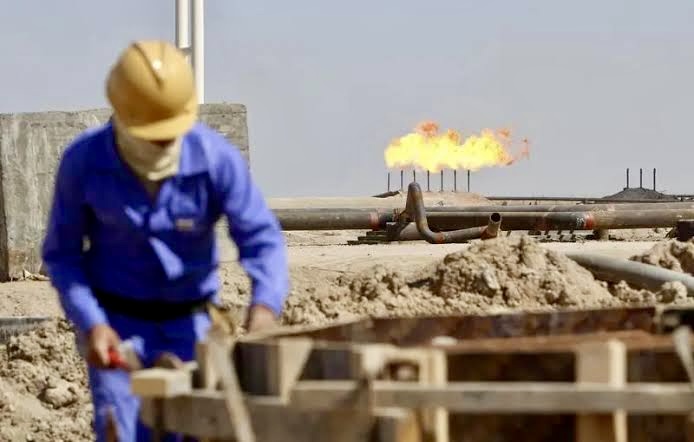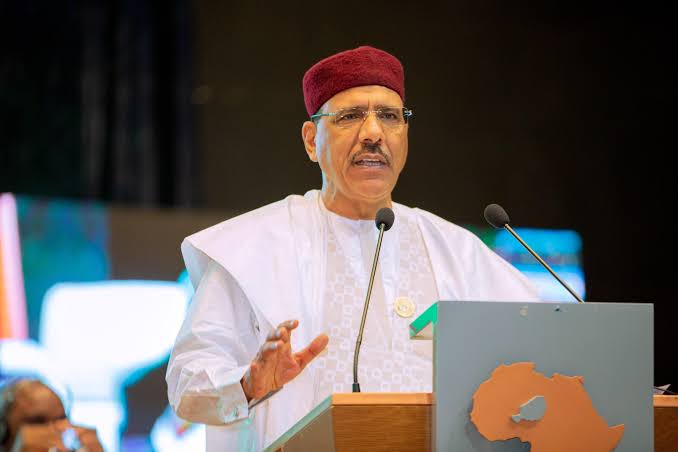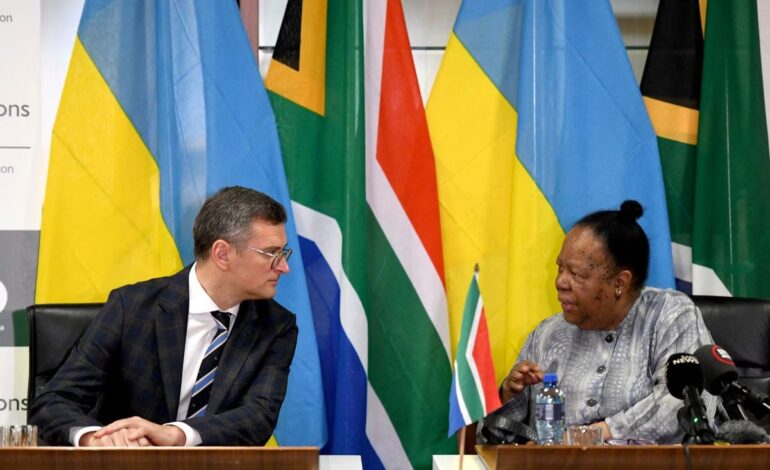
Faith Nyasuguta
The Chinese government has halted funding for energy projects in Africa due to mounting debt distress concerns in African countries and internal economic challenges in China.
This has led to a sharp decline in lending to the continent, reaching its lowest point in approximately two decades.
This change in Beijing’s lending approach is in line with President Xi Jinping’s efforts to prioritize environmentally friendly projects within the Belt and Road Initiative (BRI) and to focus on smaller-scale initiatives with significant social and environmental benefits.
Data from Boston University’s Global China Initiative (GCI) indicates that China is now concentrating its financial support on projects in the environmental and education sectors instead of energy projects.
Historically, the African energy sector received a significant portion of Chinese loans, but no sovereign loans for energy projects were identified in 2021 and 2022.
Chinese loans to African governments have reached approximately $59.95 billion, with a significant portion going to fossil fuel projects.
However, given China’s commitment to making the BRI greener, there is an expectation that future funding may focus on more environmentally sustainable initiatives.
A noticeable shift in lending trends is emerging, with a preference for smaller loans under $50 million that have a more positive social and environmental impact. The major sectors receiving funding are now transport, environment, ICT, and education.
This transformation in Chinese lending to Africa is characterized by more loans with smaller values and a greater focus on projects that generate positive social and environmental outcomes.
With 39 Chinese lenders providing 1,243 loans totaling $170.08 billion to African governments and regional institutions, China’s role in African financing has become significant.
Despite this shift, the Export-Import Bank of China (Chexim) remains the leading lender, committing 53% of all loans, twice as much as the second-largest lender, the China Development Bank (CDB). Together, Chexim and CDB account for 79% of all loans by amount.
In recent years, large-scale Chinese loans to Africa have declined. In 2021 and 2022, the total value of loans provided by Chinese lenders dropped below $2 billion for two consecutive years.

This shift in lending is influenced by both debt challenges in Africa and changes in China’s domestic and global priorities. African countries are facing debt-related difficulties, and China is adapting its lending policies to accommodate these concerns.
China has also experienced domestic challenges, such as declining real estate values and heightened government spending during the pandemic.
As a result of these factors, Chinese lenders are becoming more cautious about adding to debt burdens, leading to a change in the types of projects being funded and a shift towards smaller loans with enhanced social and environmental benefits.
RELATED:




